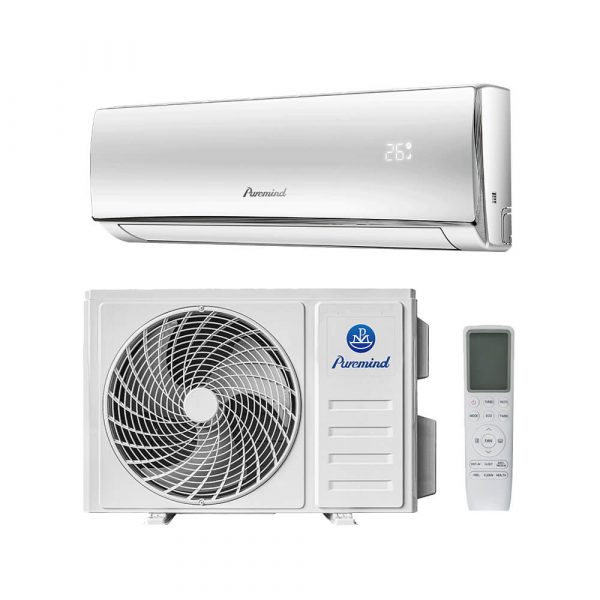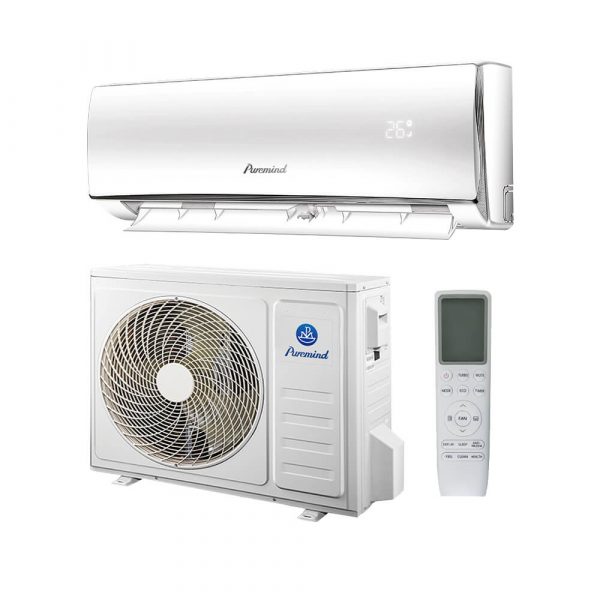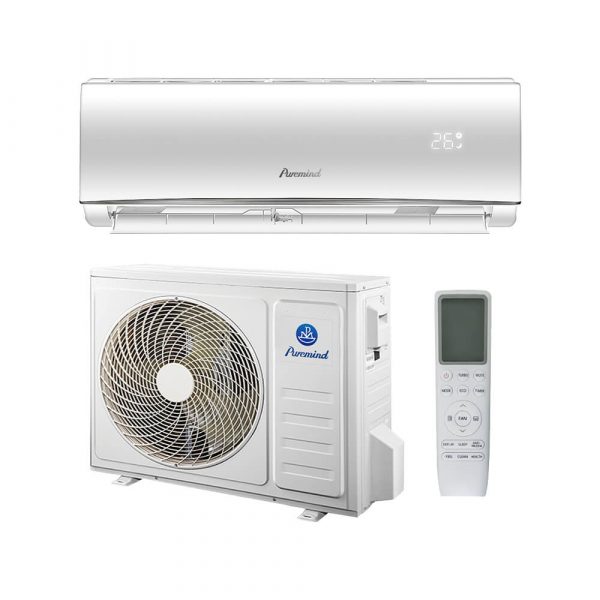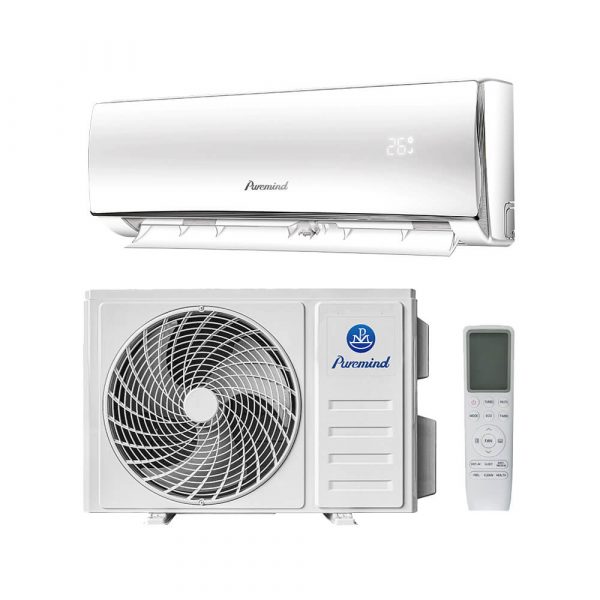RV Split Air Conditioners: Quiet, Efficient Comfort on the Road
Life on the road doesn’t mean sacrificing comfort. Whether you’re a full-time RVer or a weekend camper, staying cool during summer and warm in the winter is essential. That’s where RV split air conditioners come in. Offering advanced technology, quiet operation, and flexible installation, these systems are quickly becoming the go-to solution for mobile climate control. In this guide, we’ll explore how RV split air conditioners work, their benefits, installation insights, and how to choose the right one for your needs.
What Are RV Split Air Conditioners?
RV split air conditioners are ductless systems consisting of two primary components:
- Indoor unit: Mounted inside your RV, usually on a wall, it distributes cooled or heated air into the living space.
- Outdoor unit: Installed under the RV chassis or in an exterior compartment, it contains the compressor and condenser.
The two units are connected by refrigerant lines and electrical cables, allowing efficient thermal exchange without bulky ductwork. Unlike rooftop units, these systems are more discreet and quieter.
How Do They Work?
RV split systems work similarly to residential mini-splits. The indoor unit pulls warm air from inside the RV and passes it over an evaporator coil filled with refrigerant. The refrigerant absorbs the heat and carries it to the outdoor unit, where it’s released outside. The now-cooled refrigerant returns to the indoor unit to continue the cycle. Heat pump models can reverse this process to provide heating during cold weather.
Advantages of RV Split Air Conditioners
Why choose a split system over traditional rooftop or portable RV ACs? Here are the major benefits:
1. Ultra-Quiet Operation
Since the compressor is placed outside, indoor units operate with noise levels as low as 20 dB — ideal for sleeping areas or workspaces.
2. Superior Energy Efficiency
Most systems include inverter compressors that adjust output based on demand, reducing power consumption — especially useful for off-grid or solar-powered RVs.
3. Dual Functionality
Many RV split air conditioners also include a heat pump, allowing year-round climate control without an additional heater.
4. Flexible Installation
With no need to cut a hole in your RV roof, these systems can be mounted on walls or under cabinets, preserving roof space for solar panels or skylights.
5. Improved Aesthetics
Wall-mounted units offer a sleek, modern look and free up floor and ceiling space.
Ideal Use Cases for RV Split Systems
- Luxury motorhomes and custom camper vans
- Converted school buses (“skoolies”)
- Travel trailers and fifth wheels
- Mobile offices or food trucks
Installation Considerations
Installing an RV split air conditioner is more complex than plugging in a rooftop unit, but the benefits are worth it. Consider the following:
Power Supply
Most RV mini splits require a 110V or 220V power supply, depending on BTU rating. Make sure your RV’s electrical system can handle it.
Mounting Locations
Plan where to mount the indoor unit for optimal airflow. The outdoor unit should be protected from road debris but ventilated properly.
Refrigerant Line Routing
Lines must be run through insulated sections of the RV, sealed against vibration and movement during travel.
Professional Installation
Unless you’re experienced with HVAC and RV wiring, it’s wise to hire a certified technician.
Choosing the Right RV Split Air Conditioner
Here are key features to consider when selecting your unit:
- BTU Rating: For most RVs, 9,000 to 12,000 BTU is sufficient. Larger motorhomes may require up to 18,000 BTU.
- Heating Option: A built-in heat pump eliminates the need for a separate furnace.
- Inverter Technology: Delivers better energy efficiency and quieter operation.
- Remote or App Control: Manage temperature via remote or smartphone for added convenience.
- Low Ambient Performance: Ensures heating or cooling works in extreme climates.
Cost Overview
RV split air conditioners vary in price based on brand, capacity, and features:
- Entry-Level Systems: $1,200–$2,000
- Mid-Range (Inverter + Heat Pump): $2,000–$3,500
- High-End Models: $3,500–$5,000+
Installation costs typically range from $500 to $1,500 depending on complexity.
Maintenance Tips
Keep your system running smoothly with regular maintenance:
- Clean air filters monthly
- Inspect outdoor coils for dirt and debris
- Check refrigerant lines for signs of wear
- Run the system at least once a month to prevent compressor lock-up
Where to Buy Reliable RV Split Air Conditioners
For durable, energy-efficient RV AC systems, factory-direct suppliers offer the best value. Puremind provides a wide selection of RV-friendly split systems designed for off-grid living, commercial-grade performance, and compact installations.
Conclusion
RV split air conditioners offer a smart upgrade for anyone seeking quiet, powerful, and efficient temperature control on the road. With the right model, you can enjoy residential-quality comfort in your home on wheels — whether you’re crossing the country or camping off-grid. If you’re ready to transform your RV’s interior climate, start by exploring high-quality, customizable split systems from trusted manufacturers.
Ready to upgrade your RV climate control? Browse Puremind’s RV-friendly split air conditioners today and travel in total comfort.







